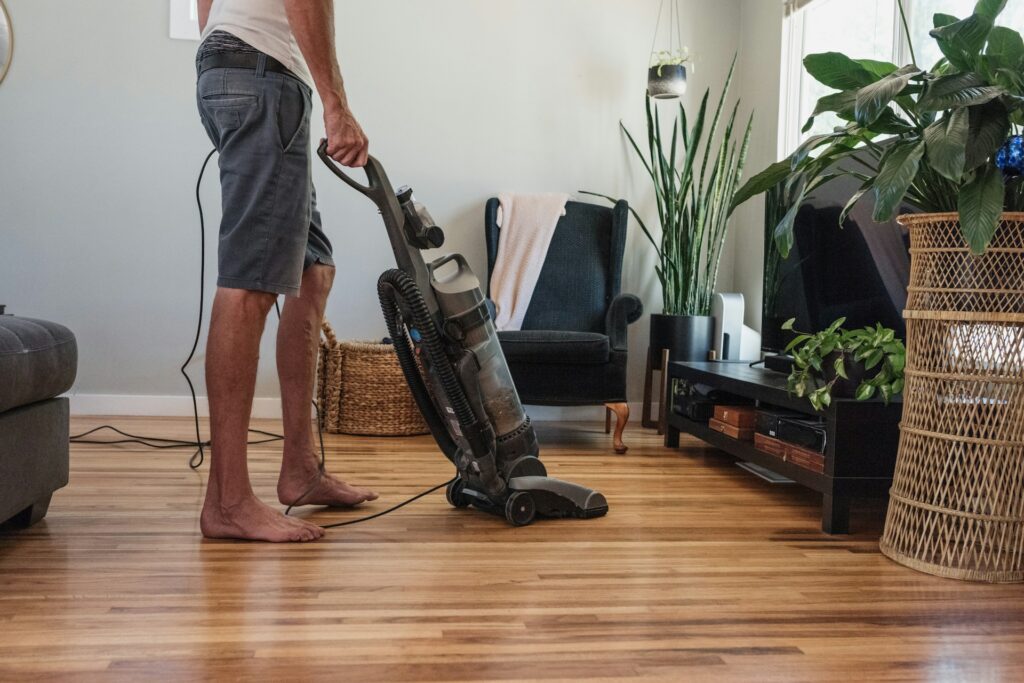A dust-free living room is not only more pleasant to lounge in but also healthier for you and your family. Dust can seem like an unwelcome guest that keeps returning despite your best efforts. It carries allergens that can affect air quality and cause sneezing, itchy eyes, and other discomforts. Keeping it under control enhances the comfort and healthiness of your most-used space.
Identifying where dust comes from is a key step toward tackling the problem. From tiny dust mites to pet dander and fabric fibers, various elements contribute to accumulation. Once you know the culprits, you can develop routines to minimize their impact. Developing daily cleaning habits paired with clever dusting techniques can significantly reduce the amount of settled dust.
In addition to regular cleaning, incorporating natural remedies is a fantastic way to improve air quality. Houseplants and air purifiers can capture airborne particles, enhancing the freshness of your living room. By focusing on these strategies, you can create a cleaner, healthier environment, making your living room an inviting space for everyone.
Identifying Common Dust Sources in the Living Room
Dust seems to appear out of nowhere, but understanding its sources in your living room helps you fight back effectively. The living room attracts dust from various origins, contributing to the overall accumulation. Knowing these sources lets you address them directly.
Furniture is a major dust magnet. Sofas, chairs, and cushions collect dust, skin flakes, and pet dander as people settle in for daily relaxation. Fabric fibers from curtains and carpets also contribute to the problem, shedding tiny particles over time.
Electronics, like televisions and speakers, tend to accumulate dust due to static electricity. This static pulls in dust particles from the surrounding air, leading to visible grime on screens and surfaces. Regular use of ceiling fans or heaters stirs up particles, distributing them around the room.
Even items like books and shelves can harbor dust. Paper deteriorates, releasing fragments into the air. Decorative items, left out in the open, gather dust, especially if they’re rarely moved.
By targeting these common dust sources, you can significantly reduce the overall level of dust in your living room, creating a cleaner and more enjoyable space for everyone.
Daily Habits to Minimize Dust Accumulation
Keeping dust at bay in your living room involves developing everyday habits that limit its buildup. Simple routines can make a big difference in maintaining a dust-free environment.
1. Regular Vacuuming: Use a commercial vacuum with strong suction to catch dust and allergens hiding in carpets and upholstery. Vacuum at least once a week, focusing on high-traffic areas.
2. Wiping Surfaces: Use microfiber cleaning cloths to dust flat surfaces like coffee tables and shelves. These cloths trap dust effectively and can be rinsed and reused.
3. Declutter Regularly: Reduce the number of items in your living room. Having fewer objects means less surface area for dust to settle on, making cleaning quicker and easier.
4. Pet Grooming: Regularly brush your pets to reduce shedding. Keeping pet fur under control limits its contribution to dust accumulation in the room.
5. Air Flow Management: Open windows periodically to allow fresh air circulation, which can help keep dust from settling. When using fans, direct them upward to avoid stirring up dirt on surfaces.
Incorporating these habits into your routine helps keep your living room fresh and clean. They require minimal effort but lead to significant improvements in maintaining a comfortable space free from excess dust.
Effective Dusting Techniques for Every Surface
Dusting is an essential part of keeping your living room clean. Using the right techniques ensures that dust is removed effectively rather than just moved around. Different surfaces in your living room require specific attention to keep them free from dust.
For flat surfaces like tables and shelves, use microfiber cleaning cloths. They are perfect for trapping dust and picking it up without spreading it into the air. For stubborn, stuck-on dust, dampen the cloth slightly but avoid over-wetting to prevent damage to wood or delicate finishes.
When cleaning electronics, turn devices off and wipe them down with a soft, dry cloth to remove static-induced dust. Avoid using wet or abrasive materials that could damage their surfaces.
Ceiling fans and light fixtures can be tricky. Use an extendable duster designed to capture dust from high places. Work methodically to avoid knocking dust down onto lower surfaces as you clean.
Lastly, for upholstery, use a vacuum with a brush attachment. It helps to loosen and remove embedded dust, keeping your furniture fresh and clean. Follow up by plumping cushions to maintain their shape and comfort.
Incorporating Natural Remedies to Improve Air Quality
Beyond regular cleaning, enhancing air quality is key to maintaining a dust-free living room. Incorporating natural remedies can help reduce airborne dust, making your space more pleasant.
One effective way is adding houseplants like spider plants or peace lilies. These plants naturally filter air, removing pollutants and dust. They offer a green touch while actively improving air quality.
Using air purifiers with HEPA filters is another solution. Place them in living areas to capture tiny particles circulating in the air. Make sure to change the filters regularly to keep them working effectively.
Essential oils like eucalyptus or tea tree oil can freshen the air and deter dust mites. Add a few drops to water and use a spray bottle to lightly mist soft surfaces. This adds a pleasant scent and helps manage dust accumulation.
Try using natural air fresheners instead of chemical sprays. Baking soda or vinegar bowls can neutralize odors and manage air moisture levels, which reduces dust settling.
By incorporating these natural methods, you improve your living room’s air quality, making it healthier and more comfortable.
Conclusion
Achieving a dust-free living room involves a blend of smart techniques and daily routines. By identifying dust sources and developing effective cleaning habits, you ensure that your living room remains a pleasant and inviting space. Dust may be a persistent part of everyday life, but tackling it with the right tools and strategies keeps its impact minimal. Taking these steps not only uplifts your living room’s appearance but also contributes to a healthier home environment.
Ready to make your living room truly shine? The Pink Shoe Cleaning Crew offers top-to-bottom service tailored to your needs. Experience the benefits of a spotless home without lifting a finger. Contact us today to schedule your house cleaning in Omaha and enjoy a fresher, more comfortable living space.











